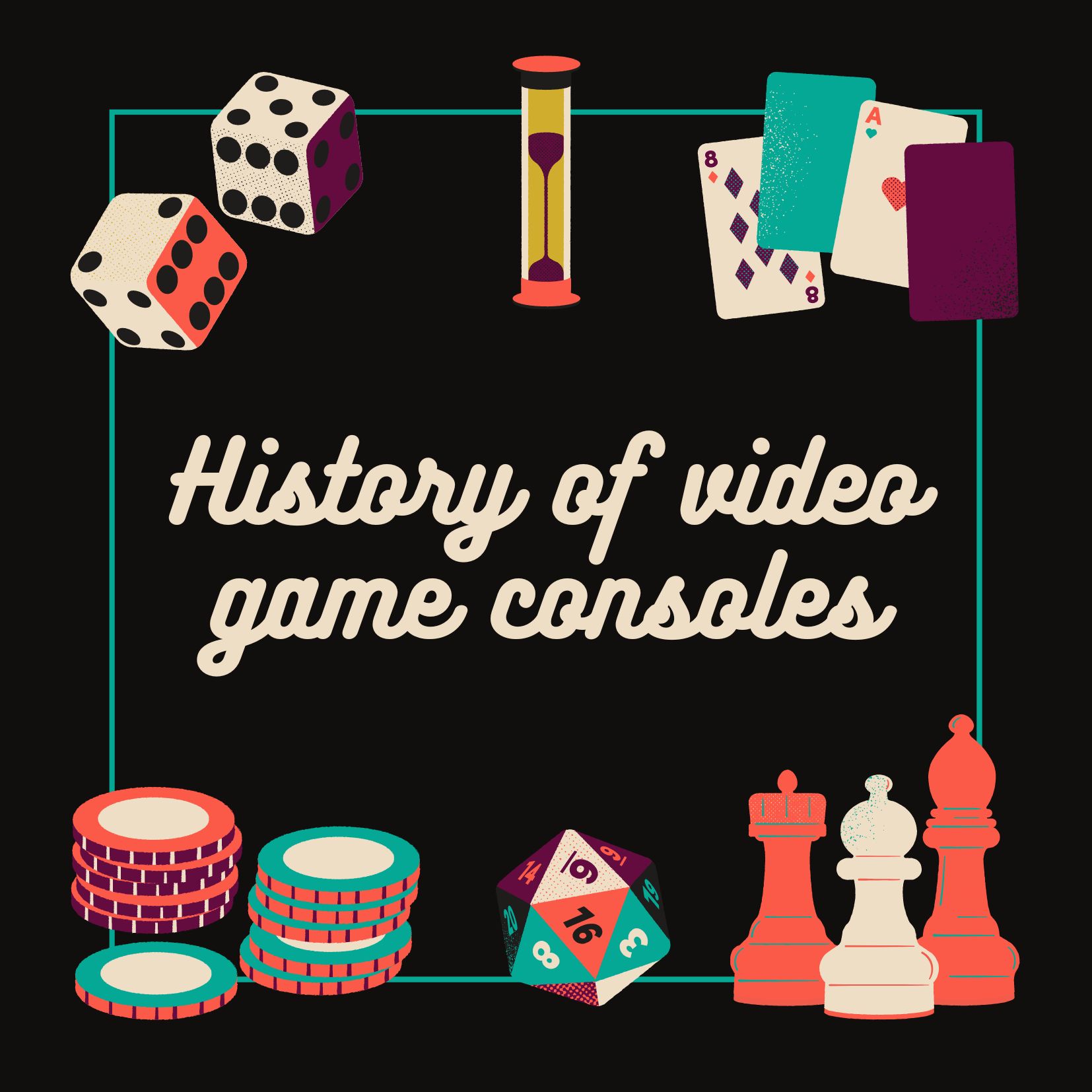The Nintendo Family Computer, commonly known as the Famicom, and the Sega SG-1000 in Japan, went on sale that same day, marking the start of the third generation. Even though the preceding consoles featured 8-bit processors, this generation is sometimes called the “8-bit era.” The term “bits” was first used to describe and market consoles at the end of the third generation.
Later, the Famicom would become the Nintendo Entertainment System, often known as the NES, and would be released in North America and Europe. The end of the North American video game crash and the transfer of Japan’s dominance over home video games were both characterized by this generation.
The following features distinguish third-generation consoles from the bulk of second-generation consoles:
D-pads with gamepads.
- Hardware scrolling enabled large multi-directional scrolling playfields for tile-based games.
- The pixel size of 256 by 240.
- Typically, visuals of eight colors or more (3 bits) (5 bits).
- Sound with up to five channels that are primarily poly square waves.
The Famicom/NES owned the markets in Japan and North America, while the Master System dominated those in Europe and Brazil. The third generation of video games ended by introducing more modern 16-bit systems, which rendered older 8-bit consoles unusable in terms of graphics and computing power.
Consoles from the Third Generation
SG-1000
- Launched by Sega on July 15th, 1983 in Japan.
- Selling price: 15,000 JPY
- Sold around 160,000 units.
Famicom
- Published in Japan on February 21st, 1986
- The company sold an estimated 4.4 million units.
- Price of launch: JPY 15,000
Nintendo entertainment system
- Released on October 18, 1985, under the NES moniker, for use in American test markets
- September 1986 saw its release in both North America and Europe.
- $180 for the launch
Sega Mark III
- Released on October 20th, 1985, for JP15,000 in Japan
- Sold 1.28 million units roughly (totaling 20.19 million with the Sega Master System)
Sega Master System
- Released in August 1987 in Europe and September 1986 in North America.
- Initially, $199.99
- Sold 18.91 million units, roughly (totaling 20.19 million units with the Mark III)
Atari 7800
- Made available in North America in May 1986 and Europe in July 1987
- Price of launch: $140
- Sold 1 million(approximately)
The market for kids’ educational consoles began to emerge during the third generation. Although child-friendly consoles like the Video Smarts and Computer Smarts systems had fundamental input mechanisms, their usage of ROM cartridges set a precedent for succeeding iterations of these consoles. These systems were often not promoted in competition with regular video game consoles and were not identified by their “bits” because of their smaller capacities.
Conclusion
Many of the first console role-playing video games was released during the third generation (RPGs). Japanese video games were frequently edited and censored before being localized to North America and established by many of the most well-known video game franchises during this period. Super Mario Bros., Final Fantasy, The Legend of Zelda, Dragon Quest, Metroid, Mega Man, Metal Gear, Castlevania, Phantasy Star, Megami Tensei, Ninja Gaiden, and Bomberman are just a few examples.







